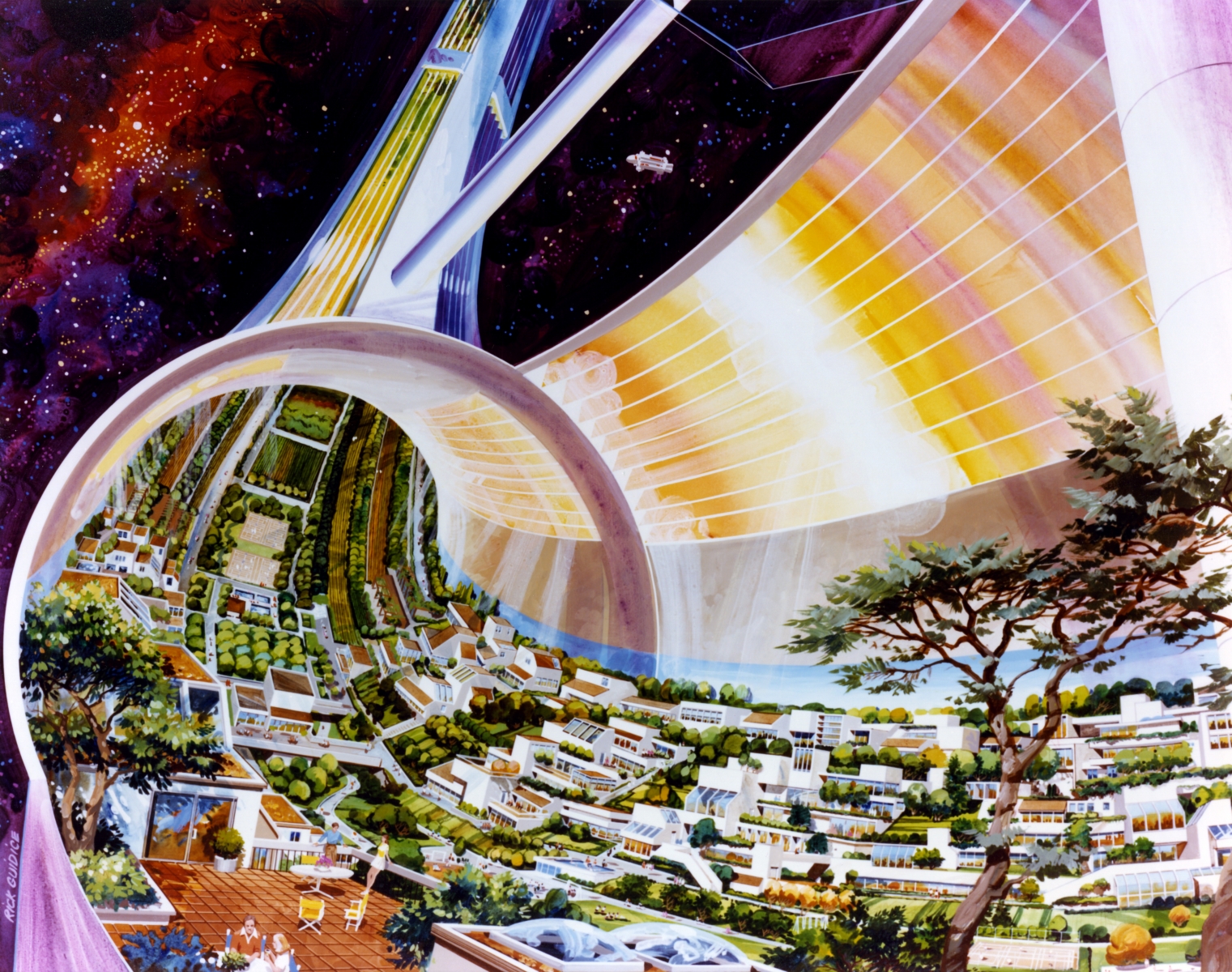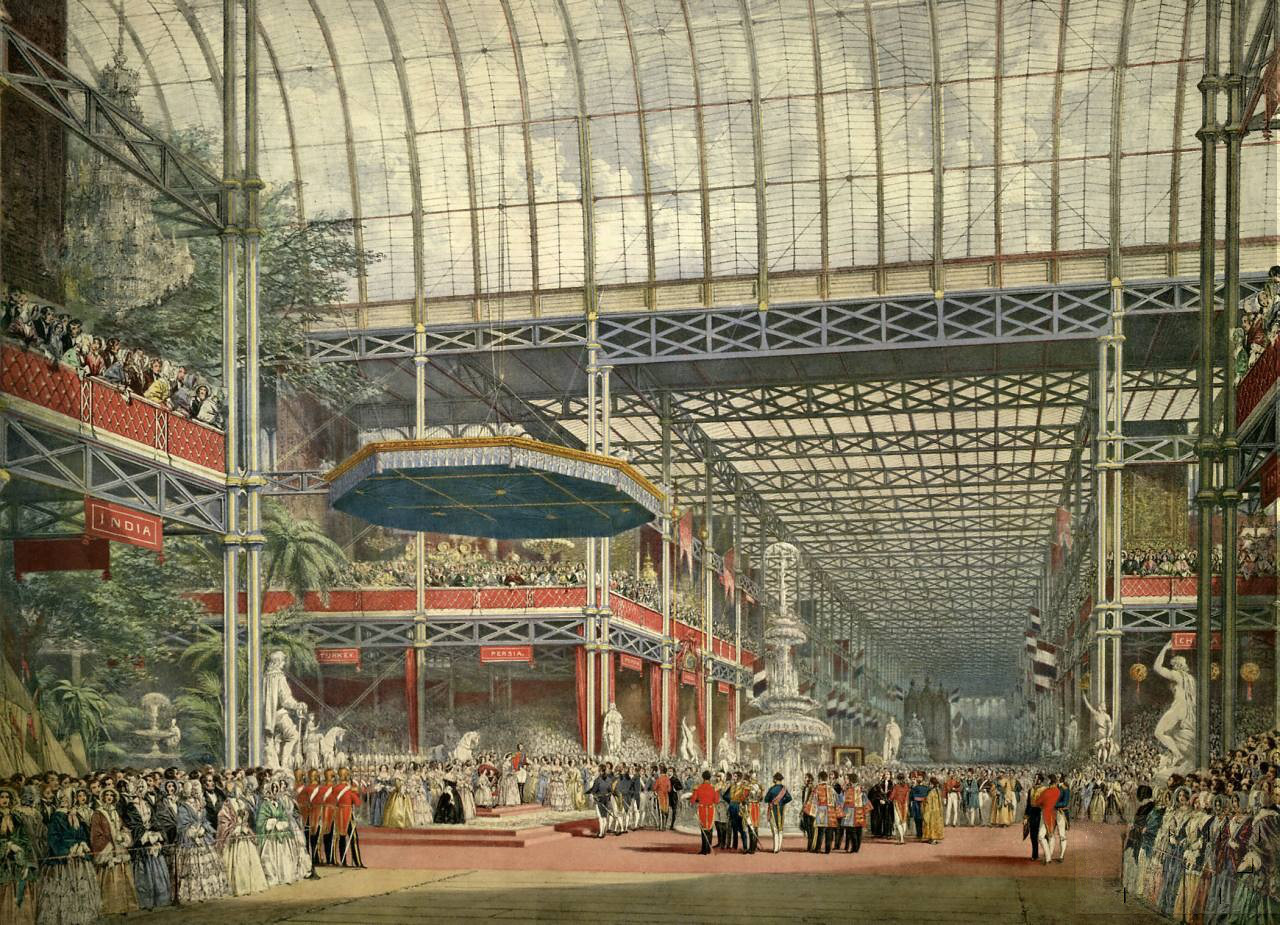
April 26, 2016
Object Lessons From the Failed Utopias of Our Radical Past
A new book treats the architectural failures of a radical past as a learning opportunity for an apathetic present.

Buckminster Fuller’s giant dome for Expo 67 in Montreal presents a harmonious vision of high technology nestled in nature.
All images courtesy Verso
“Nothing dates faster than people’s fantasies about the future,” scoffed art critic Robert Hughes in 1980, referencing Oscar Niemeyer and Lúcio Costa’s pop-up capital Brasília. The quote originally appeared in The Shock of the New, the last hurrah in a string of politically aware television documentaries on art history and visual culture that also included Kenneth Clark’s Civilization (1968) and John Berger’s Ways of Seeing (1972). So it’s fitting that it appears again in Last Futures: Nature, Technology, and the End of Architecture (Verso, 2016), by architect and writer Douglas Murphy, which looks at the late 1960s and early 1970s as a period of technological experimentation and social consciousness before architecture buckled, along with most arenas of cultural activity, to the banal market logic of global network capitalism. In its Postmodern rejection of “progress and perfectibility,” Hughes’s verdict gets, backhandedly, at Murphy’s thesis: that the failed architectural futurism of the recent past can serve as an object lesson for the discipline’s political recuperation in the near present.
Murphy is no stranger to the theme of failure. His debut, The Architecture of Failure (2012), dealt with the subject matter head-on, chronicling the letdowns of what he coined “solutionist architecture” from its prehistory in the golden age of exposition building to its afterlife in the cybernetic agoras of the present day—a riff on media theorist Evgeny Morozov’s fire-brand polemic against a tech sector that identifies problems just so it can mastermind their solutions. His follow-up, meanwhile, covers more or less the same thematic and chronological ground, now with a cautious optimism that can only come out of terminal anomie. Last Futures is putatively a book about architecture, but the metanarrative that emerges is as much about the decline of the Left and the capitulation of the state as it is about the field’s own chronic struggle to define its limits. If, lately, techno-utopianism is a cringe word, the asylum of Silicon Valley fanboys and net art apologists, Murphy gives us an alternate history of its egalitarian origins at a moment when, according to Morozov writing in the Guardian, “tech firms now run Western politics.”
Still, Murphy opens his crash course in erstwhile utopias with a caveat: “The attitude of this book…is generally anti-utopian.” Picking up with expo architecture, the text arcs from postwar urban planning, mass-housing models, and campus design, to space colonies and arctic metropolises, to hippie communes and hacker collectives. Throughout the course of the book, Murphy makes his case with a wealth of anecdotal and bibliographic detail, drawing on the work of thinkers such as Postmodern theorist Charles Jencks, urban crusader Jane Jacobs, eco-entrepreneur Stewart Brand, Marxist sociologist Herbert Marcuse, and postcapitalist philosopher Peter Sloterdijk. Perhaps no figure looms as large in Murphy’s account as Buckminster Fuller, a “loveable eccentric boffin shining in a world of sinister, faceless technocrats”—and the foil to a midmarket canon that idolizes Le Corbusier and Mies van der Rohe. Fuller’s most famous concept, the geodesic dome, had its basis in the idea of a granular unit that was infinitely composable and frequently customizable, as did the megastructures, space frames, envelopes, “plug-in” and “drop” cities, and other innovations that make up the rest of the book’s case studies. Arguably, Murphy’s chief virtue is the faculty with which he connects the dots between various, seemingly unconnected developments in architecture and theory with the ecological, financial, and military crises of an earlier era, holding a mirror onto our own anxious epoch of globalized precarity labor and anthropogenic climate change.

NASA’s 1970’s speculative space colonies illustrate what was once thought possible, even buildable.
Today, many of these projects feel “fantastic and implausible,” but Murphy maintains that, at the time, they were seen to be as inevitable as they were revolutionary. In the process, he also shows how a combination of factors, both technical and political, conspired to prevent most of them from ever living up to their radical potential.
Western politics.”
Take, for instance, Cumbernauld outside of Glasgow, a classic example of the New Towns movement, notable for its concentration of public services in a stacked central compound and its separation of pedestrian and vehicular traffic through a series of raised pathways. Or consider the University of East Anglia, Denys Lasdun’s attempt to remedy population spillover in higher education, exemplified by its novel stepwise residence halls. Cumbernauld’s main legacy would be the featureless shopping depot built nearby, which rehearsed its principles without any sense of history or concern for aesthetics. And the ziggurats perfected at UEA were eventually commandeered by Paul Rudolph for his Lower Manhattan Expressway plans in a “typical American manoeuvre of defanging” a politicized style to make it palatable for capitalist consumption. (The project had been commissioned by the Ford Foundation.) On a more mundane level, one begins to suspect that, under present conditions, architecture as a social good is impossible precisely because it’s unmonetizable—unless, of course, there’s corruption involved.
The functional spirit of the megastructure lives on in the “big shed” architecture of networked capital: office blocks, corporate parks, big-box retailers, distribution centers, container ports, and airport terminals. Crucially, though, it has rarely been implemented in mass housing, the role for which it was designed. The principal takeaway here is that the very same qualities of scalability and open-endedness that made such proposals desirable from the standpoint of vanguard social engineering also made them susceptible to co-option by shadowy commercial interests.
Murphy’s focus on cybernetics gets at another failure of architectural solutionism, this one more spectacular because it was widely unforeseen: the rise of digital technologies that began to eclipse the physical infrastructures they were meant to enhance, turning their design into something of an afterthought. The shift from form-making to information amounted to nothing less than a spatial revolution, but it rewrote the terms of the debate in ways that were increasingly unfavorable for architects. Early signs of the trend were already visible at Expo 67 in Montreal and Expo 70 in Osaka, two mileposts in Murphy’s timeline, where immersive multimedia displays upstaged even the most technologically advanced pavilions. In the end, the leaning out of the built environment facilitated by the vogue for minimal, modular, and lightweight elements had the effect of accelerating its own obsolescence.
By the 1980s, with the advent of personal computing and the triumph of neoliberal consensus, the counterculture’s rejection of top-down bureaucracy had morphed into a sinister form of digital libertarianism that merely replicates existing power structures and mechanisms of control through the soft tyranny of open floor plans and open-source code. The parable of failure, too, has been scrubbed of all nuance or stigma, and worked into a bankable rhetoric by the apostles of the disruption gospel. For a generation that has fully internalized the Thatcherite mantra of “no alternative,” it’s practically a lifestyle brand. Murphy’s analysis offers, if not a recipe for change, then a reminder that it can’t happen within the existing system.

Douglas Murphy’s Last Futures (Verso, 2016) is a crash course in the future-oriented building culture of the 1960s and ‘70s.

Exposition architecture such as the Crystal Palace of 1851 figures centrally in Last Futures.

Expo 70 in Osaka is a milepost in Murphy’s timeline, marking the last time architectural form was linked to progressive ways of living.
Recent Viewpoints
Viewpoints
Sustainability News Updates for Q2 2025





